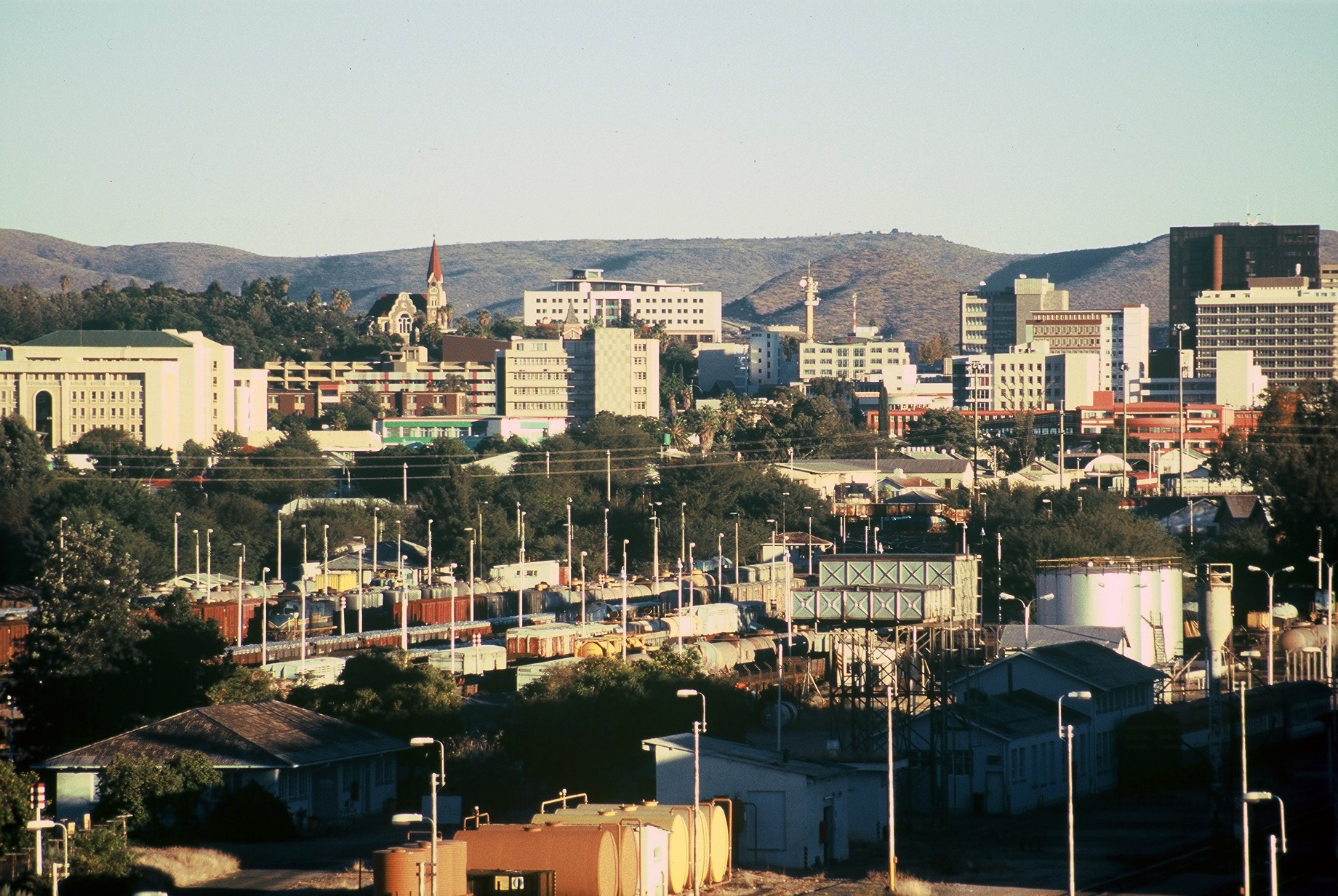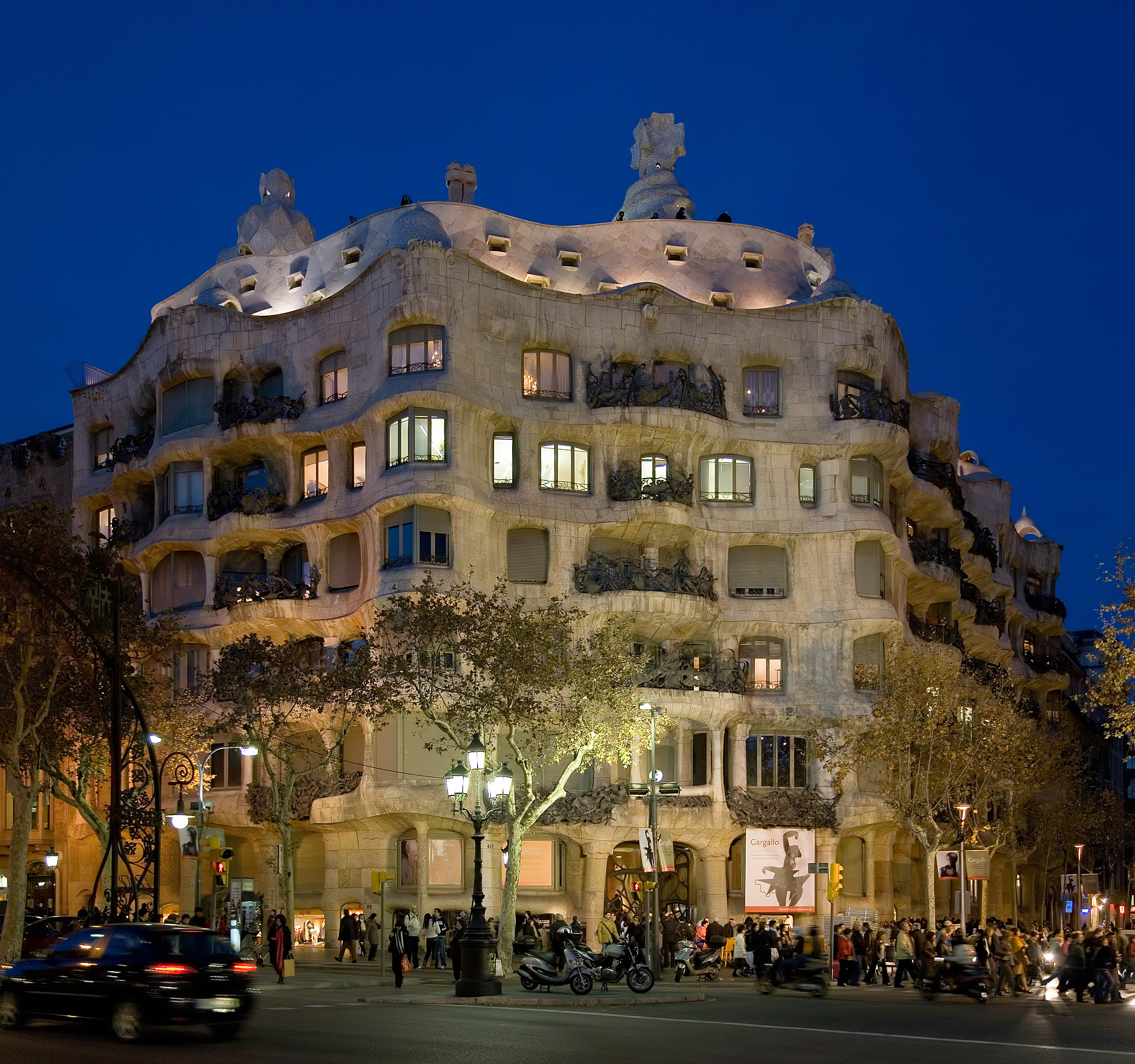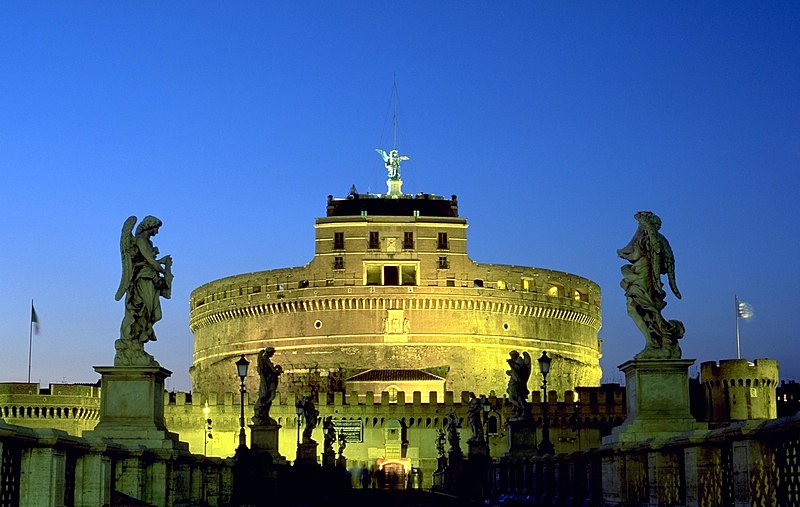Namibia is a huge country with a small population due to its desert nature. With a population of 2,1 million according to the 2011 census, you will understand why the size of the capital city of the Republic of Namibia is what it is. With only 322 000 inhabitants counted in the same census, it seems like a village compared to capital cities such as London or Paris. Yet, we are a very cosmopolitan city with cultures from all across the globe. I have read reports by travellers that recommend tourists to skip Windhoek and that it is a boring city, but having lived here for nearly 25 years, I beg to differ.
As a melting pot of African, European and also Eastern cultures, I would say that Namibia’s true identity does not lie in its cities and towns, but rather in its natural beauty that spans millions of years.
Windhoek is not hundreds of years old like many European cities. It is only a 174 years old – and that’s taking it back to the settlement by Jonker Afrikaner, an Orlam captain, as a result of a spring that could provide water for his livestock. The German army founded the city again in 1890 after years of hostilities and strife. This brings the age of the city to only 124 years in European terms.
The German influence in architecture is still very evident in the older parts of town. A couple of well-preserved German shop-fronts still grace the main street, Independence Avenue, which in German times was know as Kaiser Strasse.
History is not only German, however. In front of the Tintinpalast – seat of Government situated East of Independence Avenue, you will find Parliament Gardens and a statue of Hosea Kutako, one of the many heroes of the Namibian independence struggle.
Being located at such a high altitude affords Windhoek the most moderate climate in the entire Namibia. Our winter days are basked in sun, with night-time temperatures often dipping to under zero, while our summers can be very hot and dry. Despite our location in a summer rainfall area, Windhoek is termed as semi-arid. In extreme years, we’ve had
virtually no rain, while we can usually expect an average of 300mm per year.
So, what we cherish most is our blue skies! We get depressed when it is dusty and dry and grey, because we are so used to crisp, clear blue skies. Then the mountains surrounding Windhoek stand guard around the Windhoek valley and you cannot but feel at home.
Home is meat in Namibia and you should not leave Windhoek without having a taste of the best beef or game sirloin or fillet you could find. Local delicacies called biltong and and droëwors (dried beef or game meat and dried sausage) are eaten by all; true to our Namibian meat-eating tradition, which is augmented by a good dose of German sausages, cold meats and of course, beer made in the German tradition.
Windhoek does not have much of a night-life, but you will find many clubs and bars if that is what you want to do in Africa. If you prefer to rather watch the African sunset, make sure that you are on top of the roof of a well-known hotel or at one of the old castles in town. During the day, visit one of the many coffee-shops or restaurants in the town centre to feel the true buzz of life in Windhoek.
Serious party-time is very linked to the German Wika-festival and the Oktoberfest, but also the ǀAiǁGams Festival that is held by the City of Windhoek.
What I love most about Windhoek is the fact that you can drive for five or ten minutes and be out in the country. Windhoek is relaxed and laid-back and that is probably why I would not want to live anywhere else in the world.




